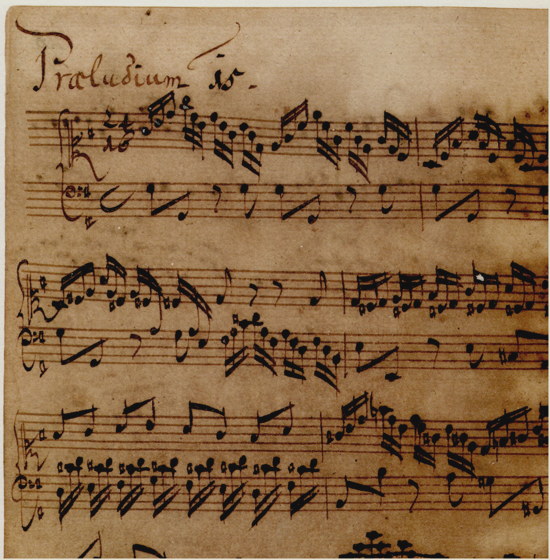Music provides a forest so that kids can study their trees.
Every culture’s music follows the same basic laws or principles.
Exponential Growth
Patterns of music grow exponentially. If there is one, then there will be two. If there are two, then there will be four, and so on.
Cadence
Musical patterns drive to a cadence, a place of rest or repetition.
Form
An entire composition, whether 2:00 minutes or 20:00 minutes will have one of the following structures: AABA, AAAB, ABACAD... In longer compositions, music takes on a fractal structure.
